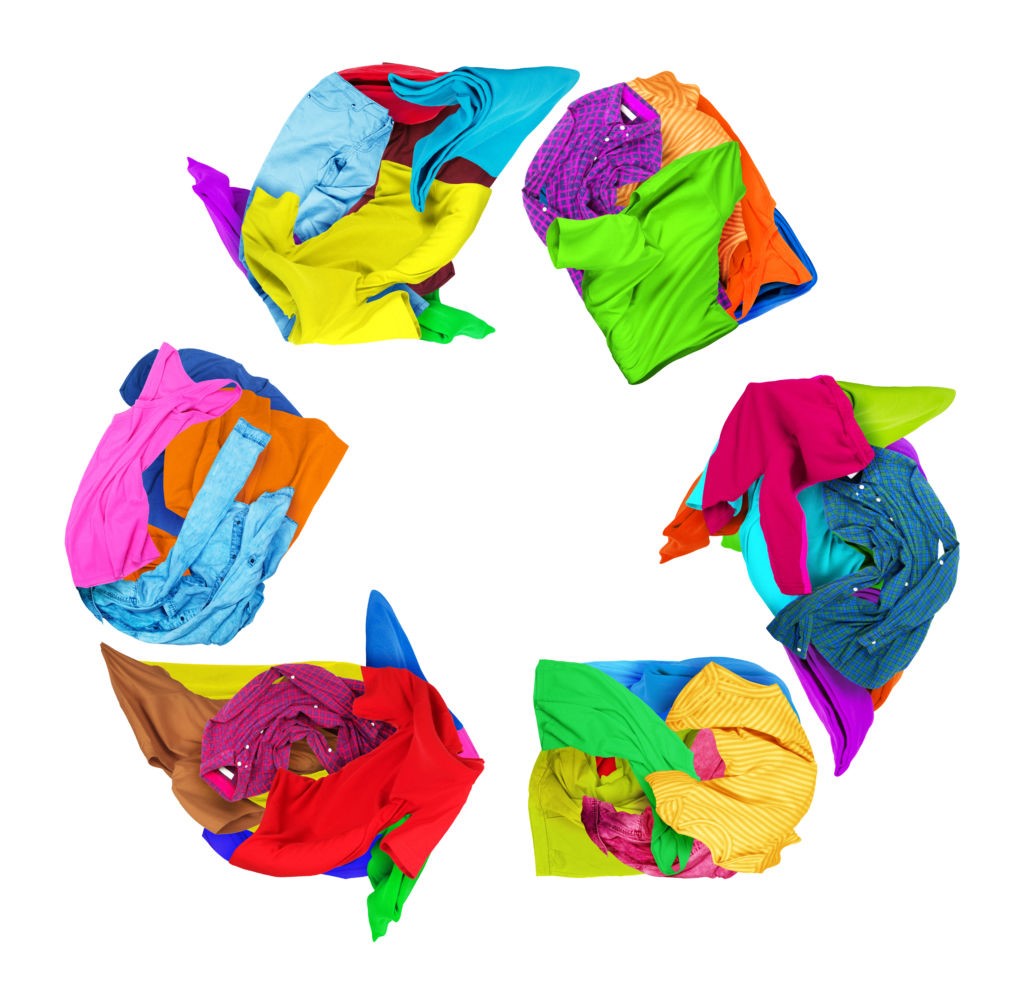Given the growth of environmental awareness and concerns about sustainability, new niches such as circular fashion are gaining more and more followers, especially among younger buyers.
For the new buyer, commitment to the circular economy means maximizing efficiency and reducing environmental impact in production and resource consumption.
Circular fashion?
Circular fashion is a concept focused on sustainability and reducing the environmental impact of the fashion industry. Unlike the traditional linear fashion model, which is characterized by the production of single-use garments, circular fashion is based on reuse, recycling and the minimization of resource consumption.
In this framework, the retail sector gains relevance by redefining the second-hand products market and expanding its offer towards sustainable products made from recycled or renewable materials. This strategy aligns with the principles of the circular economy by reducing dependence on natural resources and minimizing waste generation.
Circular economy in the fashion sector
The fashion retail sector is also embracing the circular economy, promoting second-hand clothing trading, clothing rental programs and sustainable fashion. International brands are also exploring these practices to improve their sustainability.
The influence of younger generations, particularly Generation Z, towards sustainable purchasing decisions has led the retail sector to adapt its strategies to maximize profitability and sustainability.
Mexico joins the circular fashion trend, which seeks to reduce resource depletion and the environmental footprint in the fashion industry. This includes buying second-hand clothes, renting clothes, recycling clothes and promoting sustainable fashion.
More than a trend
Circular fashion is not just a trend, but an opportunity for retailers, who by adopting sustainable practices strengthen their profitability and attract a sustainability-conscious public. Globally, circular fashion has established itself in Europe and the United States, and in Mexico it is experiencing rapid growth with stores that emphasize the quality of second-hand products.
Technology, including e-commerce, mobile apps, artificial intelligence and blockchain, is driving circular fashion by making it more accessible and transparent for consumers.
While the idea of circular fashion is not new, what sets these emerging retailers apart is their focus on curation. This means that they carry out a careful selection that emphasizes the quality and excellent condition of the products they offer. In general, second hand offers a double source of benefits, not only because customers can buy quality used clothing at a good price, but also, in most of these stores you can sell those clothes that you no longer use and that They are kept in good condition to find a new owner.
“It is interesting to note that second-hand clothing, for so long ignored by retailers, is now becoming increasingly important in the fashion retail industry. Globally, digital innovation is driving circular fashion by making it more accessible, transparent and sustainable. From electronic commerce to blockchain technology, technology – once again – becomes a key player when it comes to promoting a growing market,” says Martín Malievac, Director of Research and Development at Napse.

